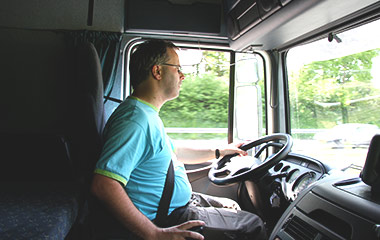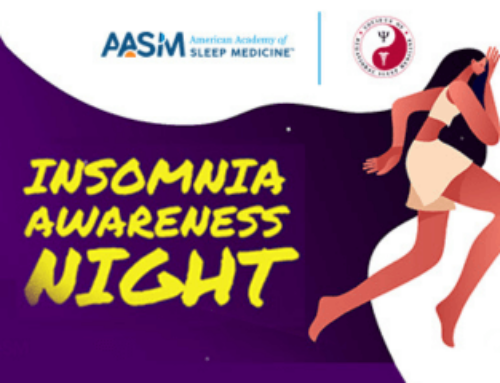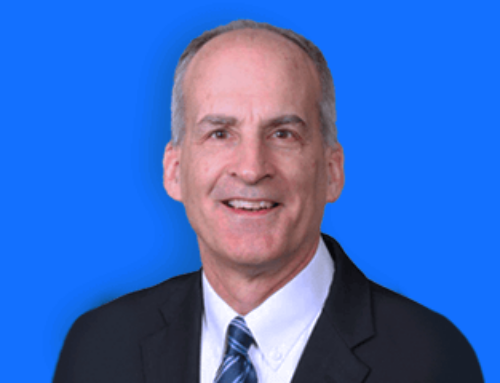DARIEN, IL – While the American Academy of Sleep Medicine (AASM) is disappointed in the recent decision by the Federal Motor Carrier Safety Administration (FMCSA) and the Federal Railroad Administration (FRA) to withdraw its advance notice of proposed rulemaking concerning obstructive sleep apnea, the AASM is urging both agencies to take alternative steps to improve sleep apnea screening among individuals occupying safety sensitive positions in highway and rail transportation.
In the official announcement published in the Federal Register, the FMCSA indicated that it will consider making a much-needed update to the January 2015 “Bulletin to Medical Examiners and Training Organizations Regarding Obstructive Sleep Apnea,” which provided no sleep apnea screening guidelines for medical examiners. FMCSA noted that this update would be based on the objective screening criteria recommended in August 2016 by the Medical Review Board. In a letter sent this week to the FMCSA and FRA, the AASM urged the FMCSA to expedite this important update, noting that the FMCSA currently provides insufficient guidance for the medical examiners who must identify drivers who are at risk for OSA.
“The safety of our roads and railways is threatened by undiagnosed and untreated obstructive sleep apnea, which is prevalent among commercial motor vehicle drivers and train operators,” said AASM President Dr. Ilene Rosen. “We urge our federal transportation agencies to take proactive steps to address this problem in order to promote public safety and improve the health of transportation personnel.”
FRA has been aware of the dangers of sleep apnea since at least 2004, when it issued a safety advisory about sleep disorders. However, FRA still does not mandate a comprehensive screening process for sleep apnea, relying instead on railroads to implement fatigue management plans and voluntary screening programs.
The National Transportation Safety Board has noted that federally mandated medical certifications for railroad engineers cover only vision and hearing standards, and NTSB has urged the FRA to develop a comprehensive medical certification system for safety critical transportation personnel that includes procedures to identify individuals at high risk for sleep disorders. The AASM encourages the FRA to take prompt, definitive action to implement these NTSB recommendations.
Recent railway accidents reinforce the importance of sleep apnea screening. For example, on Dec. 1, 2013, a Metro-North Railroad passenger train derailed when it entered a curve going 82 miles per hour instead of the maximum authorized speed of 30 mph. The tragic accident resulted in four deaths, at least 61 injuries, and estimated damages of more than $9 million. The probable caused determined by the NTSB was that the engineer had fallen asleep due to undiagnosed, severe obstructive sleep apnea. An NTSB report about this accident noted that its investigations have implicated fatigue or sleepiness related to undiagnosed or inadequately treated sleep apnea in 10 other accidents and incidents it investigated between 2000 and 2013.
The AASM previously provided to the FMCSA and FRA extensive input emphasizing that transportation workers with safety-sensitive duties should be required to undergo screening for sleep apnea. These comments were published in the May 2017 issue of the Journal of Clinical Sleep Medicine.
For more information, or to schedule an interview with an AASM spokesperson, please contact Communications Coordinator Corinne Lederhouse at 630-737-9700, ext. 9366, clederhouse@aasm.org.
About the American Academy of Sleep Medicine
Established in 1975, the American Academy of Sleep Medicine (AASM) improves sleep health and promotes high quality, patient-centered care through advocacy, education, strategic research, and practice standards. The AASM has a combined membership of 10,000 accredited member sleep centers and individual members, including physicians, scientists and other health care professionals.









